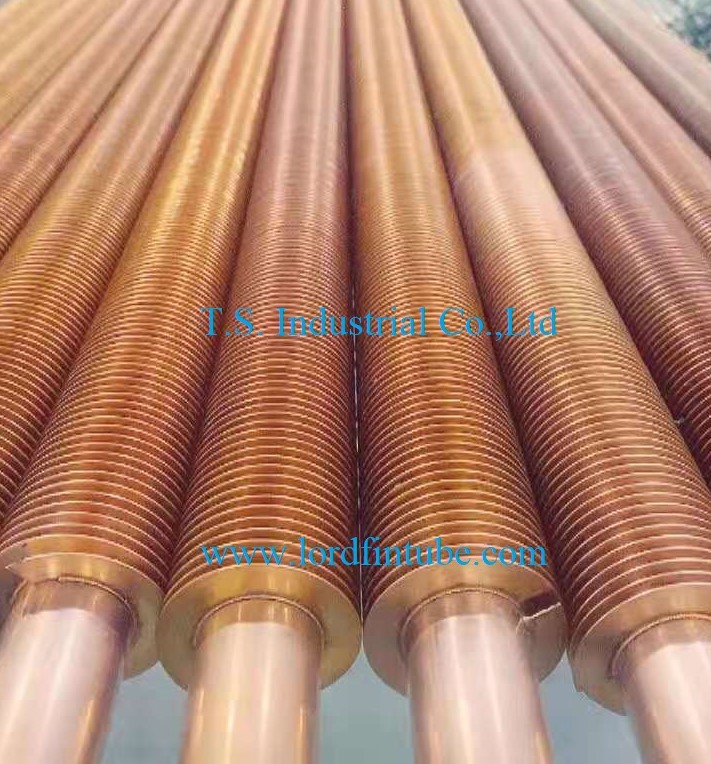ASTM B111 C70600 Fin Tube include bare tubes as per ASTM B111 C70600 and copper fins. Mainly L type or Brazed type fin tube. ASTM B111 C70600 Fin Tube has great anti rust proformance and high heat transfer capacity. However the cost is quite high.
L Type ASTM B111 C70600 Fin Tube | ||||
Base Tube Material | Fin Material | Tube Length (mm) | Fin length (mm) | Fin Tube Quantity (Pc) |
ASTM B111 C70600 | Copper | 4200 | 4000 | 380 |
Base Tube O.D (mm) | Base Tube Thickness (mm) | Fin Height (mm) | Fin Thickness (mm) | Fin Pitch (mm) |
18 | 1.067 | 7 | 3.3 | 2.54 |
ASTM B111 C70600 Fin Tube has good corrosion resistance, especially in seawater. It is widely used in shipbuilding, petrochemical, natural gas and other offshore related industries. | ||||
ASTM B171 C70600 Plate For Tube Sheet, Tube Sheet Material ASTM B171-C70600 Size: 4’x8’ X 1-3/4 Inch Thk, Qty: 2 Tube Sheet.

Comments
Post a Comment